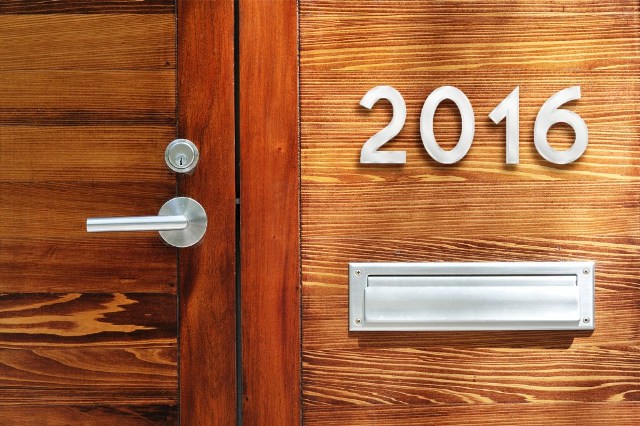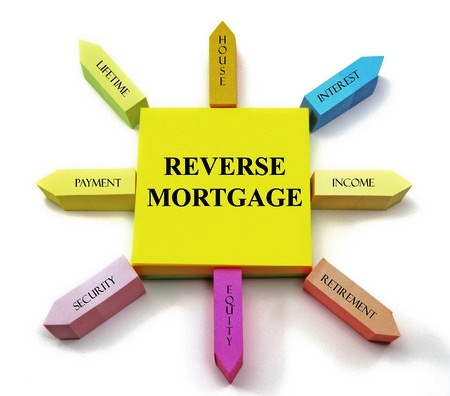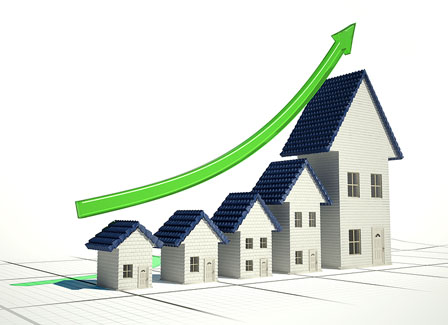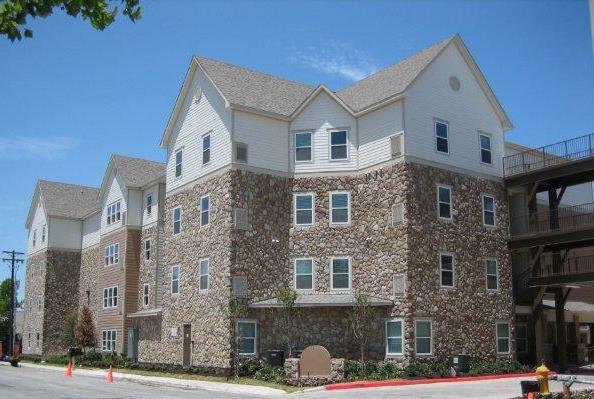
Is it really 2016 already? For those of you who happen to be planning on buying a home in the new year—or even just trying to—there’s a whole lot to celebrate. Why? A variety of financial vectors have dovetailed to make this the perfect storm for home buyers to get out there and make an (winning) offer. Here are six home-buying reasons to be thankful while ringing in the new year:
Reason No. 1: Interest rates are still at record lows
Even though they may creep up at any moment, it’s nonetheless a fact that interest rates on home loans are at historic lows, with a 30-year fixed-rate home loan still hovering around 4%.
“Remember 18.5% in the ’80s?” asks Tom Postilio, a real estate broker with Douglas Elliman Real Estate and a star of HGTV’s “Selling New York.”“It is likely that we’ll never see interest rates this low again. So while prices are high in some markets, the savings in interest payments could easily amount to hundreds of thousands of dollars over the life of the mortgage.”
Reason No. 2: Rents have skyrocketed
Another reason home buyers are lucky is that rents are going up, up, up! (This, on the other hand, is a reason not to be thankful if you’re a renter.) In fact, rents outpaced home values in 20 of the 35 biggest housing markets in 2015. What’s more, according to the2015 Rent.com Rental Market Report, 88% of property managers raised their rent in the past 12 months, and an 8% hike is predicted for 2016.
“In most metropolitan cities, monthly rent is comparable to that of a monthly mortgage payment, sometimes more,” says Heather Garriock, mortgage agent for The Mortgage Group. “Doesn’t it make more sense to put those monthly chunks of money into your own appreciating asset rather than handing it over to your landlord and saying goodbye to it forever?”
Reason No. 3: Home prices are stabilizing
For the first time in years, prices that have been climbing steadily upward are stabilizing, restoring a level playing field that helps buyers drive a harder bargain with sellers, even in heated markets.
“Local markets vary, but generally we are experiencing a cooling period,” says Postilio. “At this moment, buyers have the opportunity to capitalize on this.”
Reason No. 4: Down payments don’t need to break the bank
Probably the biggest obstacle that prevents renters from becoming homeowners is pulling together a down payment. But today, that chunk of change can be smaller, thanks to a variety of programs to help home buyers. For instance, the new Fannie Mae and Freddie Mac Home Possible Advantage Program allows for a 3% down payment for credit scores as low as 620.
Reason No. 5: Mortgage insurance is a deal, too
If you do decide to put less than 20% down on a home, you are then required to have mortgage insurance (basically in case you default). A workaround to handle this, however, is to take out a loan from the Federal Housing Administration—a government mortgage insurer that backs loans with down payments as low as 3.5% and credit scores as low as 580. The fees are way down from 1.35% to 0.85% of the mortgage balance, meaning your monthly mortgage total will be significantly lower if you fund it this way. In fact, the FHA predicts this 37% annual premium cut will bring 250,000 first-time buyers into the market. Why not be one of them?
Reason No. 6: You’ll reap major tax breaks
Please, Mr. Postman Tax laws continue to favor homeowners, so you’re not just buying a place to live—you’re getting a tax break! The biggest one is that unless your home loan is more than $1 million, you can deduct all the monthly interest you are paying on that loan. Homeowners may also deduct certain home-related expenses and home property taxes.
via realtor.com









 STOP! Or, you soon will be! On August 18th, a traffic light at the intersection of Aquarius and SPID was approved by the City Council.
STOP! Or, you soon will be! On August 18th, a traffic light at the intersection of Aquarius and SPID was approved by the City Council. It’s no secret that it costs a lot to live on the coast, especially once you add up your taxes, homeowner’s insurance, flood insurance, and windstorm insurance. And in 2012, the Texas Department of Insurance (TDI) proceeded forward with several proposals to fund the Texas Windstorm Insurance Association (TWIA), the provider of last resort for windstorm insurance on our coast. It was then that TWIA adopted a 5% increase on all residential and commercial windstorm insurance policies to policyholders in the 14 counties (Aransas, Brazoria, Calhoun, Cameron, Chambers, Galveston, Jefferson, Kenedy, Kleberg, Matagorda, Nueces, Refugio, San Patricio, and Willacy) comprising the Texas Coast. This was the third rate increase since 2009. But the long fight is finally over.
It’s no secret that it costs a lot to live on the coast, especially once you add up your taxes, homeowner’s insurance, flood insurance, and windstorm insurance. And in 2012, the Texas Department of Insurance (TDI) proceeded forward with several proposals to fund the Texas Windstorm Insurance Association (TWIA), the provider of last resort for windstorm insurance on our coast. It was then that TWIA adopted a 5% increase on all residential and commercial windstorm insurance policies to policyholders in the 14 counties (Aransas, Brazoria, Calhoun, Cameron, Chambers, Galveston, Jefferson, Kenedy, Kleberg, Matagorda, Nueces, Refugio, San Patricio, and Willacy) comprising the Texas Coast. This was the third rate increase since 2009. But the long fight is finally over.


 CORPUS CHRISTI – Plunging oil prices may be a relief for Coastal Bend residents at the pumps, but they’re having little influence on rents or mortgage payments.
CORPUS CHRISTI – Plunging oil prices may be a relief for Coastal Bend residents at the pumps, but they’re having little influence on rents or mortgage payments.

